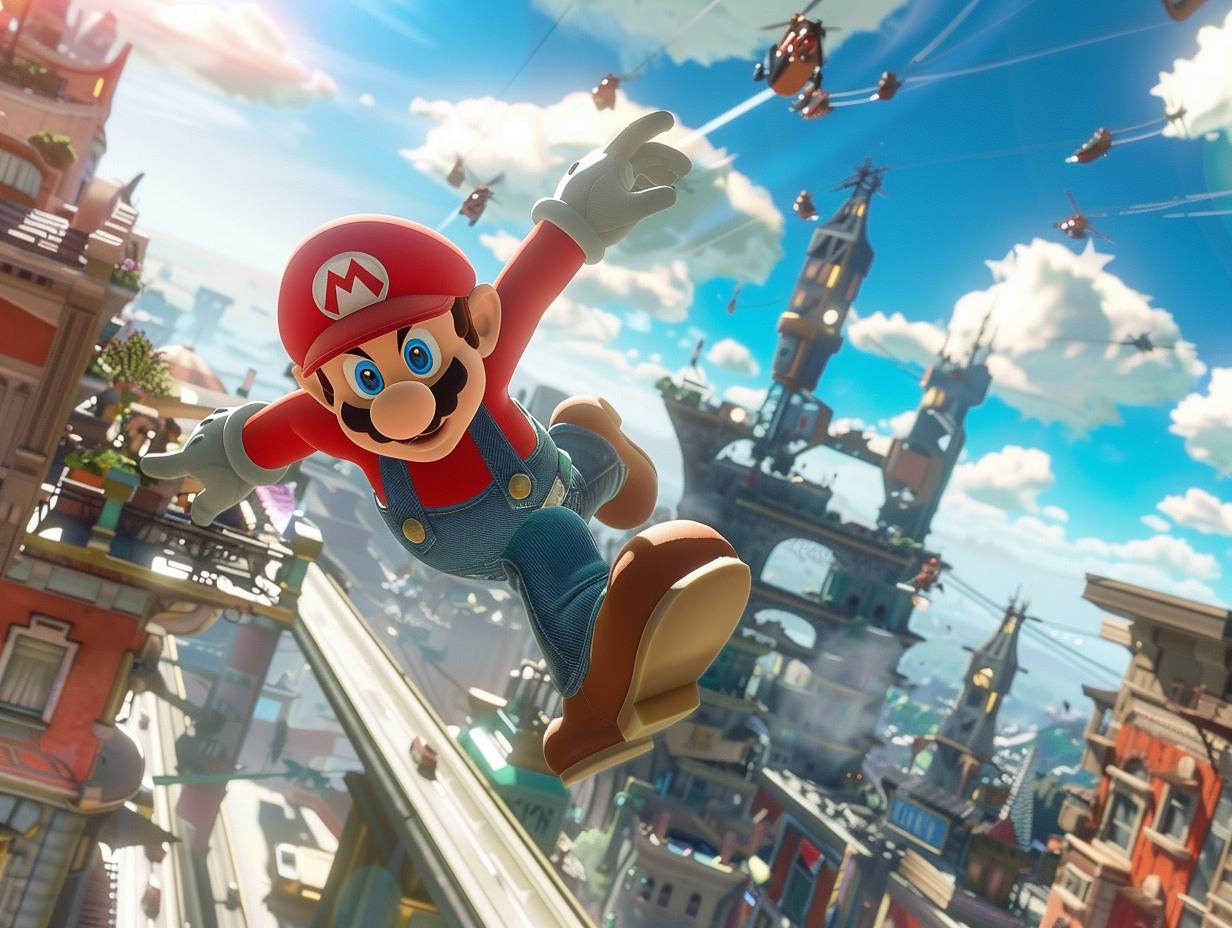In the pursuit of delivering a visually stunning and immersive gaming experience, PlatinumGames faced a challenging decision regarding the frame rate for Bayonetta Origins: The Lost Demon and Cereza, both being available for the Nintendo Switch. A top official finally revealed the overall chain of tasks that ranged 60 frames per second (FPS) which also admitted the end decision choosing a variable frame rate technique.
PlatinumGames sacrifice
Abebe Tinari, the mastermind behind the game, mentioned that his team strove so much to keep a consistent 60 FPS native on the Nintendo Switch hardware to develop the original game of the Bayonetta series. Yet, following this, he grasped that visual excellence, along with this benchmark, was impossible to hit. Tinari added that this art relied on post-processing effects, which on their own they may not look different.
Visual special effects would be sacrificed to sustain a 60 FPS rate to please the players, as graphical quality is one of the most popular and powerful facts. As a result, the studio found itself in a dilemma and had to accomplish the impossible task of paying heed to production qualities and sticking to its aesthetic principles.
While PlatinumGames was pursuing optimal results, the developers team was looking at several alternatives, including a variable frame rate cap. The level details would be executed with the upper level of performance, but some levels would run at 30 frames per second. Nevertheless, the switch between the frame rates being more of a shock was an unacceptable solution.
A balanced approach
Various units of testing and weighing of the scene lead to an async approach being chosen as the best solution . The framerates of the Tír Na Nóg stages and the forest levels were dissimilar, with the Tír Na Nog stables ran at a stable 60 FPS while the forest levels ran on a lower frame rate.
Tinari expressed confidence that Nintendo likely faced similar challenges with the Paper Mario: In the case of Paper Mario Thousand-Year Door remake, the devotion of the development team to offer a smooth experience would influence the decision to keep the game at 30 FPS.
Tinari sympathized with Nintendo’s intent to preserve “a portable console experience that would unify the disparate userbase” and dismissed speculations that the performance of 30 FPS implied lack of effort and thorough research.
PlatinumGames’ decision to adopt a variable frame rate approach for Bayonetta Origins: The Nintendo Switch version of Cereza and the Lost Demon shot the studio to prominence and confirmed that there is a design and quality element.





